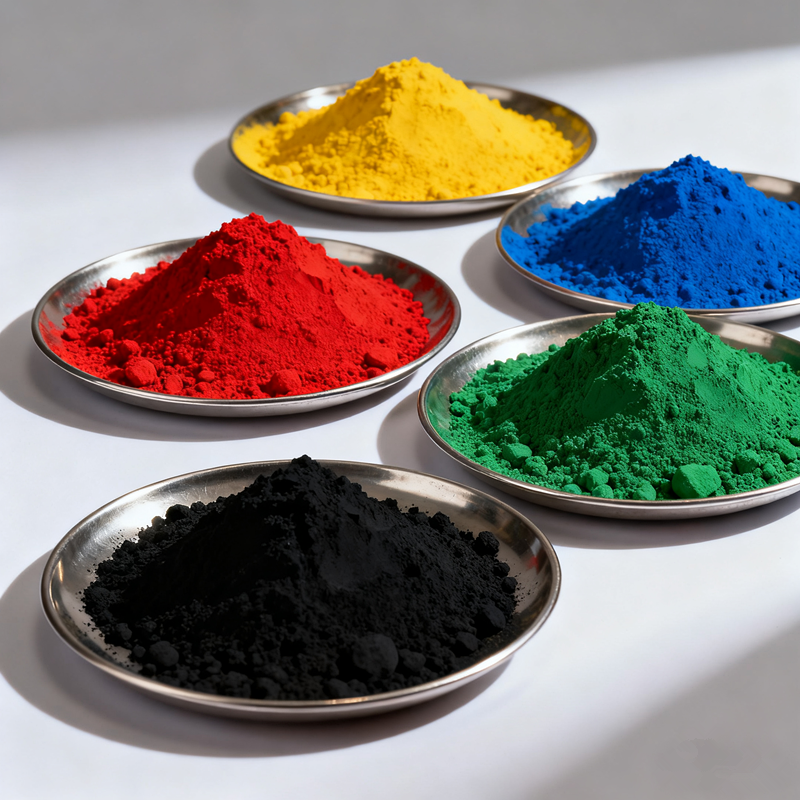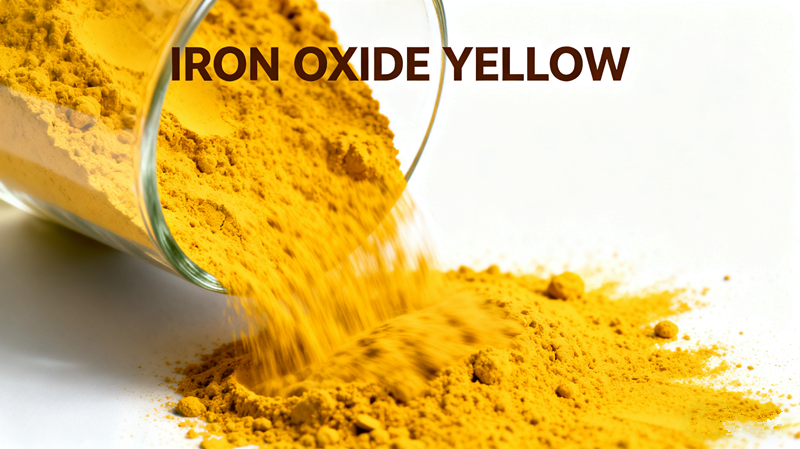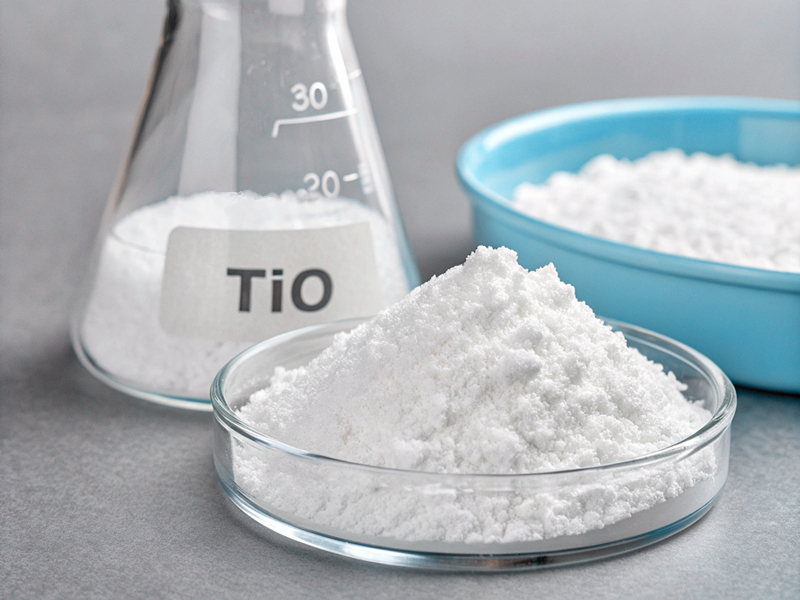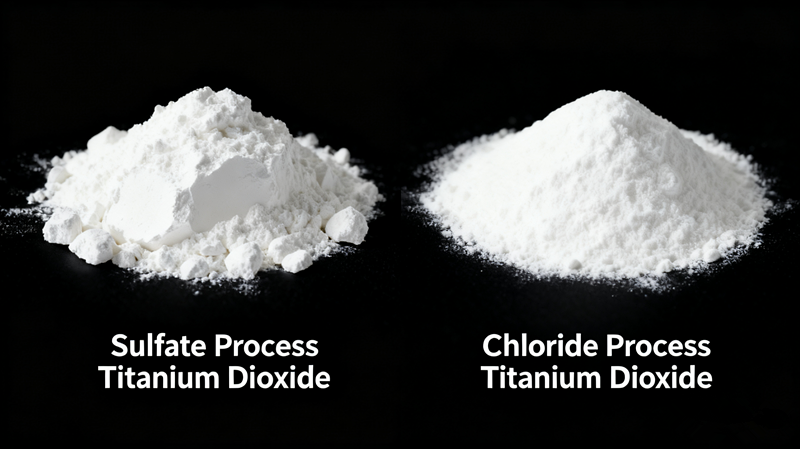Car tires might look simple, but behind their black surface lies a critical ingredient—carbon black1. Without it, tires wouldn’t perform, last, or even look the way they do.
Carbon black plays a vital role in tire manufacturing by enhancing durability, improving strength, and increasing resistance to UV and ozone damage, making it essential in the automotive industry.
If you’ve ever wondered why all tires are black, or how manufacturers ensure their products survive on rugged roads for years, you’ll find the answer in carbon black1. Let’s dive deeper into this often-overlooked yet essential component.
Why is carbon black used in tire production?
Car tires face extreme stress, heat, and friction. That’s a serious problem if the rubber compound isn’t strong enough. Carbon black solves that problem by reinforcing the rubber structure and extending tire life.
Tire manufacturers use carbon black because it strengthens rubber, increases abrasion resistance, and enhances performance under high heat and stress conditions.
Carbon black is a fine black powder made by burning hydrocarbons in a controlled environment. Its primary function in tire production is reinforcement. Natural rubber alone is too soft and weak for most modern road conditions. Carbon black improves:
- Tensile strength
- Tear resistance
- Thermal conductivity
Comparison of Rubber with and without Carbon Black
| Property | Without Carbon Black | With Carbon Black |
|---|---|---|
| Durability | Low | High |
| Heat Resistance | Poor | Improved |
| UV/Ozone Protection | None | Strong |
| Abrasion Resistance | Weak | Enhanced |
Beyond mechanics, carbon black also plays a role in aesthetics and aging resistance. It prevents UV degradation2 and ozone cracking3, which are critical for tires used in hot or high-altitude environments.
In modern tire design, different parts of the tire (tread, sidewall, inner liner) may use specific grades of carbon black to balance flexibility and toughness.
What types of carbon black are used in tires?
Not all carbon blacks are created equal. Tire manufacturers choose specific grades based on the part of the tire they’re reinforcing.
Tire manufacturers typically use N-series carbon blacks4 like N220, N330, and N660, each designed to offer different balances of wear resistance, rolling resistance, and processing ease.
These types vary in particle size and surface area, which directly influence how they interact with the rubber matrix. Here are some examples:
Common Carbon Black Grades in Tires
| Grade | Typical Use | Key Benefit |
|---|---|---|
| N220 | Tread compound | High wear resistance |
| N330 | General purpose | Balance of properties |
| N660 | Sidewalls | Flexibility and processability |
Choosing the right type is a matter of trade-offs. For instance, smaller particles (like N220) offer better strength but are harder to process. Larger particles (like N660) are easier to mix but offer less reinforcement.
How does carbon black improve tire performance?
Drivers expect tires to be quiet, safe, and long-lasting. That’s a lot to ask from a rubber ring, but carbon black makes it possible.
Carbon black boosts tire performance5 by enhancing grip, reducing rolling resistance, and maintaining shape under pressure—making driving smoother and safer.
This improvement comes from how carbon black binds with the rubber polymers. It creates a stronger network, which holds its shape even under the pressure of high-speed turns or heavy loads. Some key performance benefits include:
- Better grip on dry and wet roads
- Reduced rolling resistance, which improves fuel efficiency
- Less heat build-up, which protects the tire structure
- Lower wear and tear, extending tire life
Carbon black also allows for easier processing and consistent quality in large-scale tire production. That means fewer defects and better control over performance characteristics.
Tire companies are constantly adjusting carbon black blends to balance safety, comfort, and fuel economy—especially with the rise of electric vehicles, which demand even more from tire materials.
Conclusion
Carbon black isn’t just a colorant—it’s the reason tires stay strong, durable, and reliable. It reinforces rubber, protects against wear, and keeps tires performing under stress. As vehicles evolve, especially electric cars, the role of carbon black becomes even more critical. At XT, we work closely with clients to ensure stable quality and the right grade for every need. For anyone in the tire industry, understanding carbon black means making better, longer-lasting products.
-
Understanding carbon black's role in tire manufacturing can enhance your knowledge of automotive materials and their performance. ↩ ↩
-
Exploring UV degradation will help you understand its impact on tire safety and durability. ↩
-
Learning about ozone cracking can inform you on maintaining tire integrity and safety. ↩
-
Explore this link to understand the significance of N-series carbon blacks in enhancing tire performance and durability. ↩
-
Exploring tire performance factors can help you make informed decisions for safer driving and better vehicle maintenance. ↩









